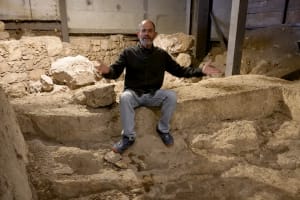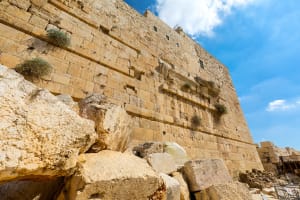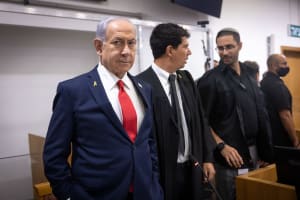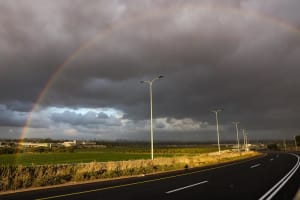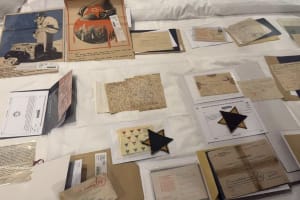In the heart of Samaria: The forgotten story of Sebastia – from ancient capital to modern settlement

Nestled among the hills of Samaria lies a modest Muslim town bearing an ancient Roman name – Sebastia. At its center stands a centuries-old church dedicated to John the Baptist. Below the village, an abandoned train station – the Sebastia Station – marks the birthplace of the modern Jewish settlement movement in Samaria.
How do all these threads tie together? In the Land of Israel, such layers of history often meet in a single place. And yet, Sebastia holds one more secret – perhaps its most important one.
Usually, few visitors reach this quiet town. But on one day during the last Sukkot holiday, some 1,200 Israelis arrived to tour Sebastia. What is it about this place that draws so many – and why only during Sukkot? This article seeks to uncover the story.
From the Bible to the Roman Empire
Our journey begins in the Book of Kings. After the split between the Kingdoms of Israel and Judah, Israel had yet to find a permanent capital. Then came King Omri, who, according to 1 Kings 16:24, purchased a hill, built a city, and named it Samaria (Shomron).
Though the Bible devotes only a few verses to Omri, his son Ahab is infamous for his wicked reign and for promoting Baal worship under the influence of his wife, Jezebel.
For more than 150 years, Samaria served as the capital of the northern kingdom – larger and more powerful than Jerusalem, both economically and militarily. But in 721 B.C., the Assyrian kings, Shalmaneser V and Sargon II, conquered and destroyed the city, exiling the Ten Tribes of Israel.
Thus ended the Kingdom of Israel. The name Samaria ceased to denote a city and instead came to describe the entire northern ridge of the central highlands – a meaning that endures to this day.
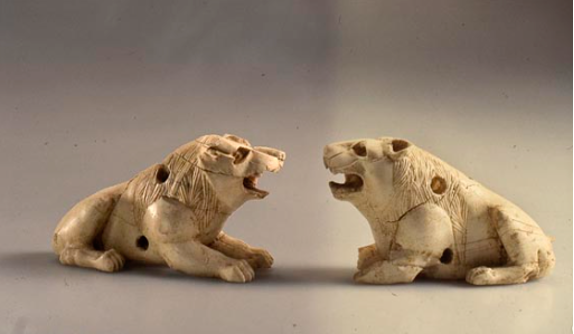
Herod’s Splendor and the Roman City
Centuries later, Herod the Great, ruler of Judea in the first century B.C., revived the ruins. Known for grand architectural projects – including on the Temple Mount – Herod built two cities in honor of Emperor Augustus: one on the coast, Caesarea, and another inland – Sebastia, derived from the Greek form of Augustus’ name.
Using the ancient fortifications and natural topography, Herod constructed a Roman-style city with colonnaded streets, a marketplace, temples, and entertainment venues, such as a theater and hippodrome.
Sebastia thrived through the Byzantine period, when Christianity became the empire’s official faith. Tradition held that the tomb of John the Baptist was located there, and two churches were built in his honor.
With the Muslim conquest in the 7th century, the city declined. A small Arab village emerged on its remains – still known by the ancient Roman name Sebastia.
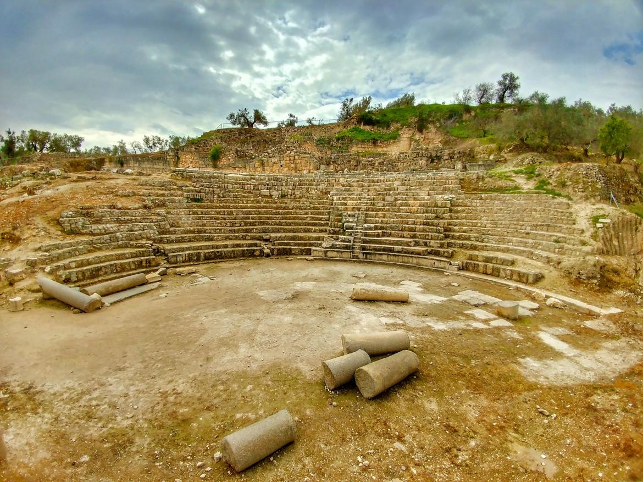
The Ottoman Railroad and the Abandoned Station
Fast forward to the 19th century. Under Ottoman rule, new rail lines were built across the land. One branch ran from the Jezreel Valley toward Nablus, with a stop near the small village of Sebastia – the Sebastia Station.
During World War I, the British took control from the Ottomans, and train operations ceased. The station was abandoned – but it would later play a crucial role in modern Israeli history.
The Birthplace of the Settlement Movement
Following Israel’s victory in the 1967 Six-Day War, the IDF captured Samaria from Jordan. For several years, Israeli governments refrained from establishing settlements, hoping for a peace agreement that would return the territories.
But in the early 1970s, a group of religious Jews saw the return to Samaria as a sign of redemption. They formed a movement called Gush Emunim.
In July 1974, dozens of families arrived at the Sebastia Station, pitched tents, and declared their intention to found a Jewish community. The government, opposed to the unauthorized move, sent soldiers to evacuate them. The settlers left peacefully – but returned again and again.
By Hanukkah 1975, their numbers had grown to two thousand. The government eventually relented, granting them nearby land for a temporary settlement – the nucleus of what would become the town of Kedumim.
From that point, and especially through the 1980s and 1990s, dozens of Jewish settlements sprang up across the hills of Samaria.
The old Sebastia Station marked the beginning of the modern settlement movement.
Sebastia Today: Between History and Politics
In 1993, the Oslo Accords divided the West Bank into zones of Israeli and Palestinian Authority control. The town of Sebastia came under the Palestinian Authority's jurisdiction. Since then, Israelis have been prohibited from entering PA-controlled areas for security reasons.
As a result, Sebastia – once central to Israel’s ancient and modern story – faded from public awareness. Only during Jewish holidays such as Sukkot and Pesach (Passover) do Israeli visitors briefly return, when the IDF allows access for a few days. They come to explore the archaeological remains from the days of Herod and King Ahab.
A Forgotten Jewel of History
Sebastia’s tale intertwines biblical legacy, Roman grandeur, and modern political tension. It is a place where the layers of Israel’s past converge – yet one that remains largely hidden from public view.
This, in essence, is the story of an extraordinary historical and archaeological site – a cornerstone of the region’s heritage – left in quiet obscurity due to politics and security constraints.
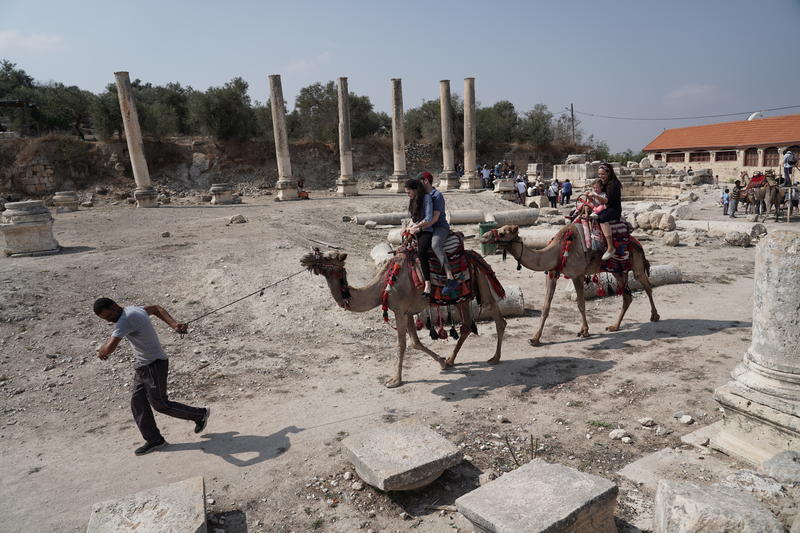
Is All Israel News’ faithful reporting important to you? Be part of it—help us continue by becoming a $5/month supporting partner.
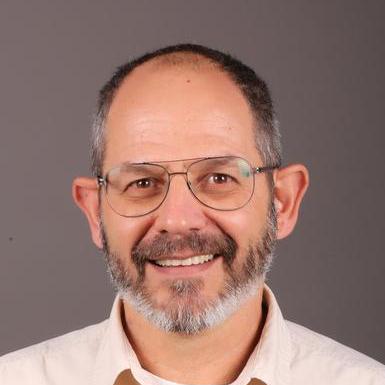
Ran Silberman is a certified tour guide in Israel, with a background of many years in the Israeli Hi-Tech industry. He loves to guide visitors who believe in the God of Israel and want to follow His footsteps in the Land of the Bible. Ran also loves to teach about Israeli nature that is spoken of in the Bible.
You might also like to read this:






